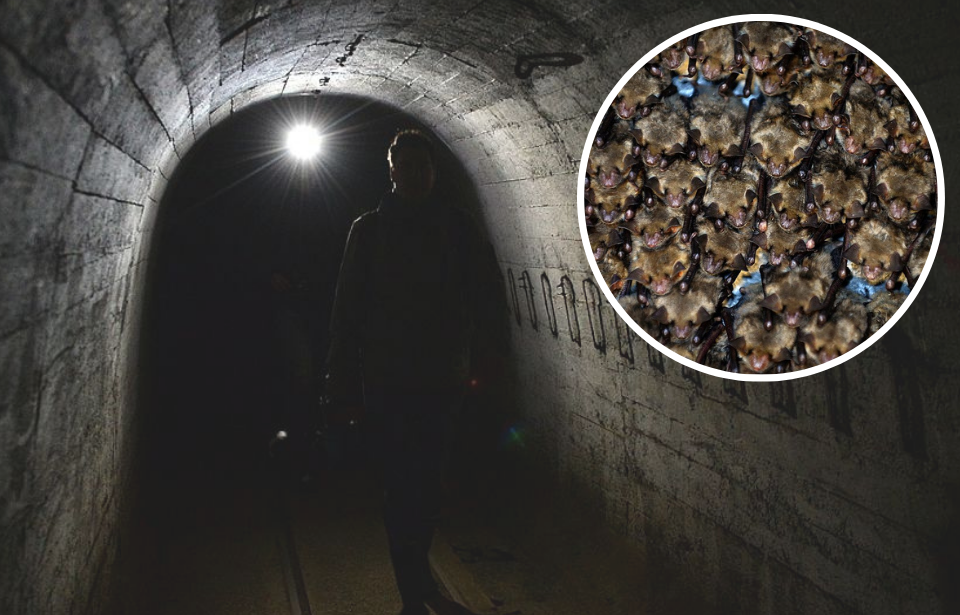In the unassuming Polish countryside stands the World War II-era Ostwall Fortifications. Erected and used by the German forces during the conflict, this sprawling underground complex of tunnels has gone from a military stronghold to Europe‘s largest man-made bat reserve. Whether you’re a history enthusiast or simply want to meet a possible vampire, the expanse is definitely a place to visit.
Constructing the Ostwall Fortifications
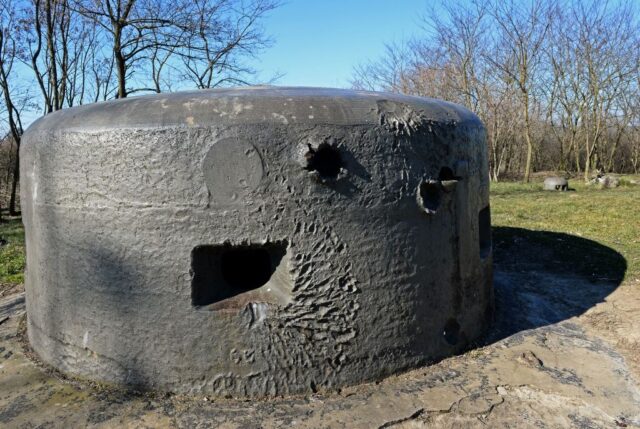
Formerly known as the Festungsfront Oder-Warthe-Bogen, the Ostwall Fortifications were constructed between 1934-38. The amount of time spent building the expanse was due to its importance to the Germans‘ efforts during the Second World War, as the intention was to defend against a potential Soviet invasion between the Oder and Warta rivers.
Made up of nearly 25 miles of tunnels
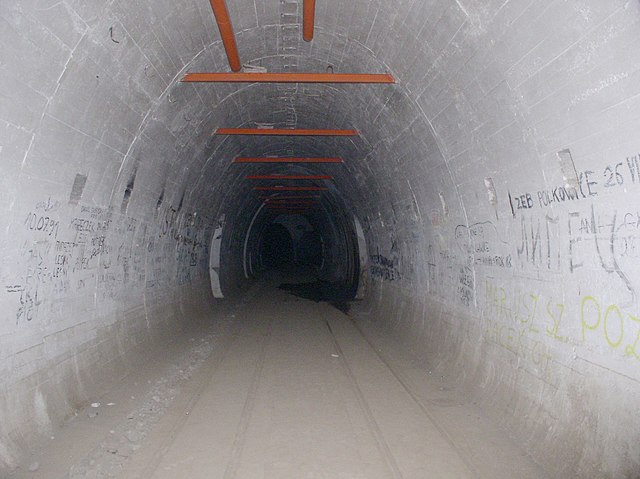
While the majority of defenses were erected aboveground, the Ostwall Fortifications were subterranean. Spanning an impressive 25 miles underground and 40 miles in total, the complex included over 100 interconnected bunkers that could house upwards of 24,000 troops, aboveground obstacles and other fortifications, making it one of the longest defensive lines of the conflict.
Aboveground features of the Ostwall Fortifications
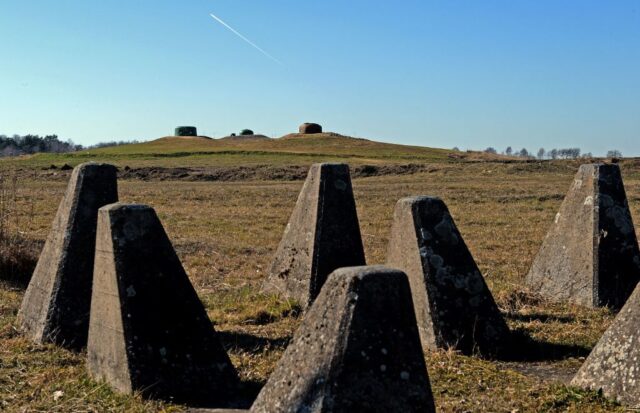
While the tunnel complex typically captures people’s attention, there were, as aforementioned, a host of aboveground defenses that made up the Ostwall Fortications. Bunkers and observation posts, made from steel and concrete, dotted the countryside of Western Poland, as did dragon’s teeth – triangular concrete traps used to prevent Allied tanks from getting close.
Were there any amenities for soldiers stationed there?
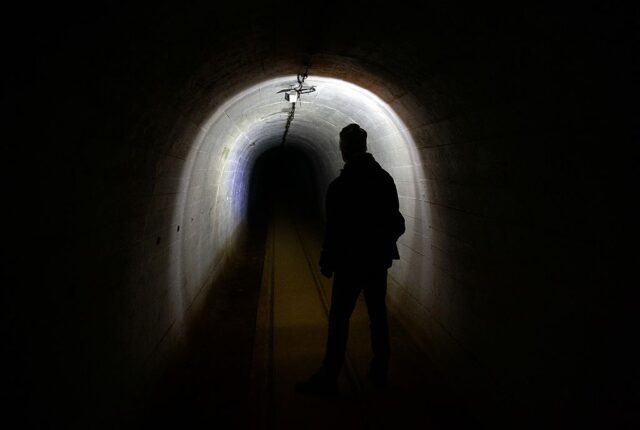
When you think of underground bunkers, luxury doesn’t typically come to mind. The Ostwall Fortifications were no different, but they were more comfortable than others from the era. There were bathrooms, medical stations and a fully-equipped kitchen, and each soldier had his very own bedroom.
Things didn’t go as intended…
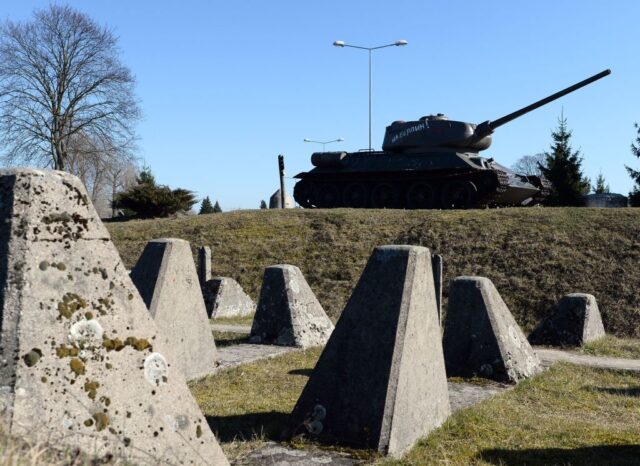
As aforementioned, the Ostwall Fortifications were built to defend against an invasion by the Red Army. As it turns out, it wasn’t able to do this one job, but not because of how it was built. The site was undermanned when the Soviets arrived in January 1945, with just 1,000 troops stationed there at the time, resulting in its fall in just three days.
Overrun with bats following World War II
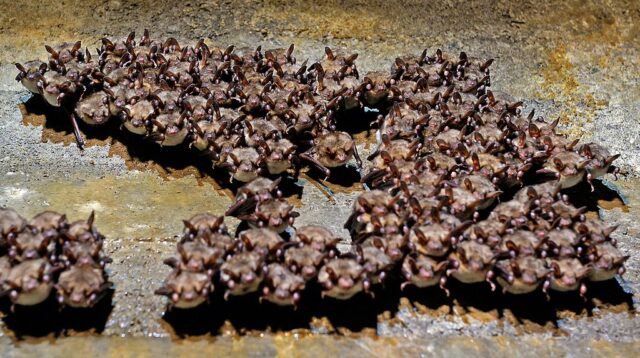
Following the Second World War, the Ostwall Fortifications were left abandoned – but not for long. While humans no longer had a use for the network of tunnels, a particular species of animal found it the perfect place to live: bats. Dark, damp and left largely undisturbed, the site has become the perfect habitat, with an estimated 37,000 bats residing there during the winter.
Tourists regularly visit the Ostwall Fortifications
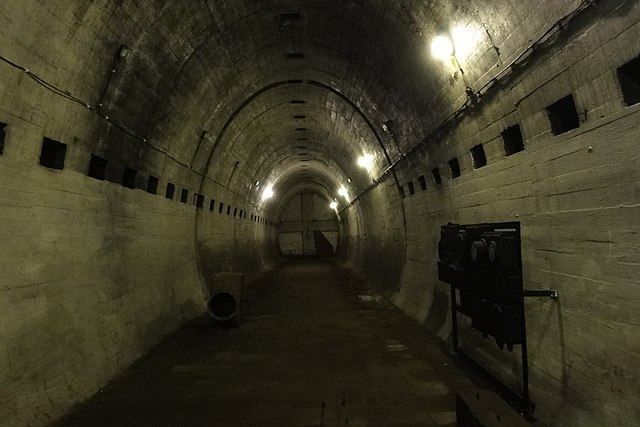
More from us: Ghost Signs Provide a Window Into the Past – Should They Be Restored?
Want to become a trivia master? Sign up for our Today In History newsletter!
Along with becoming a regular resting spot for bats, the Ostwall Fortifications have become popular with history enthusiasts and the general public. While certain sections are closed during the winter, due to the bat hibernation system, the tunnels are open to exploration via guided tours.
